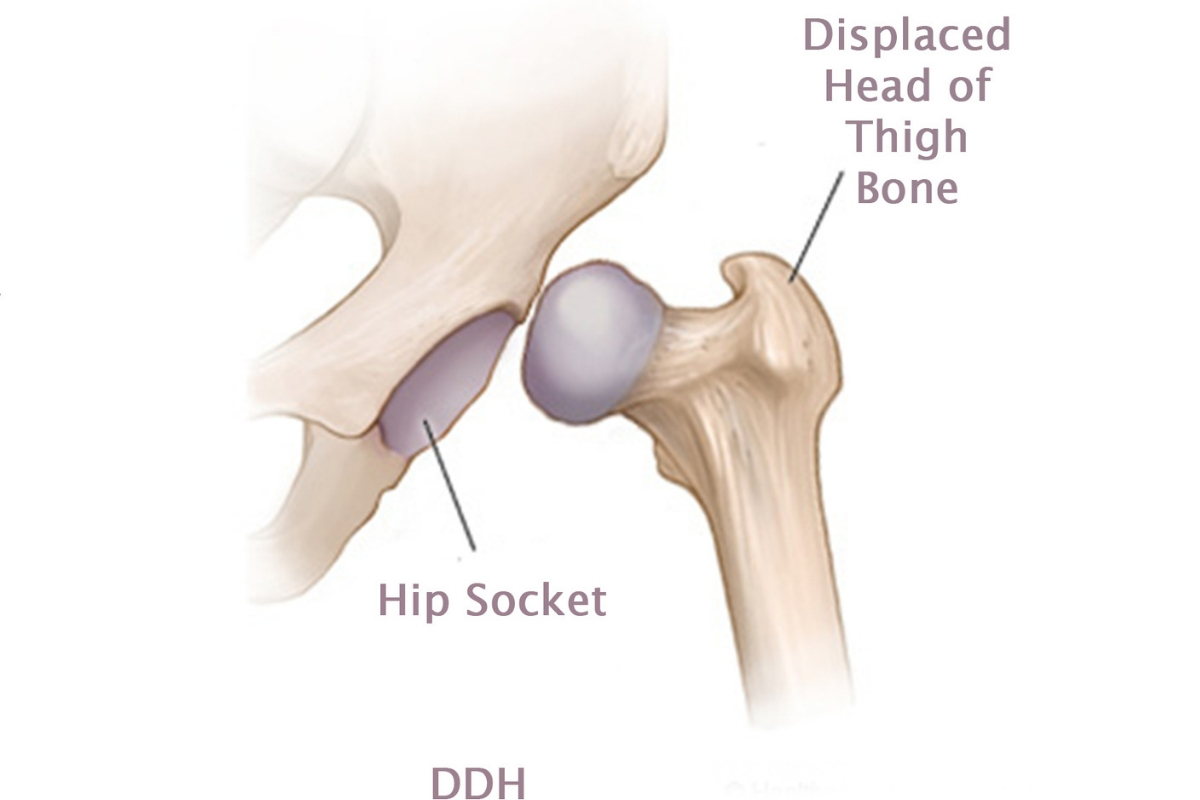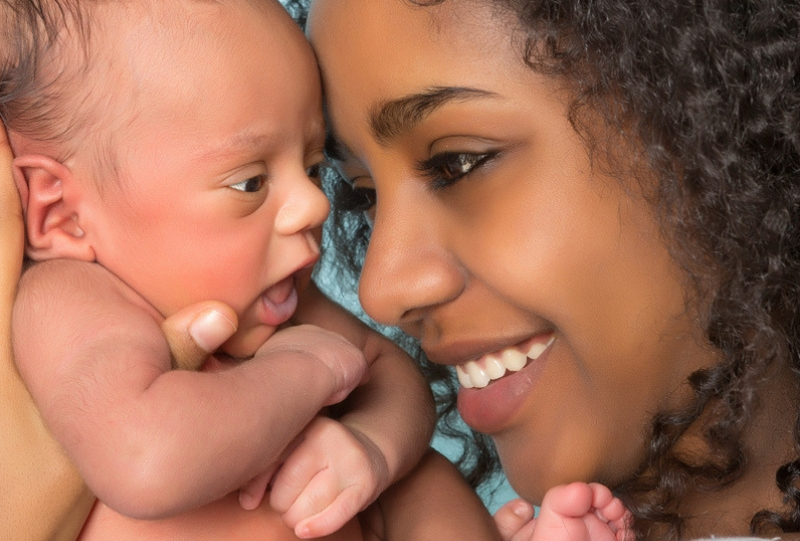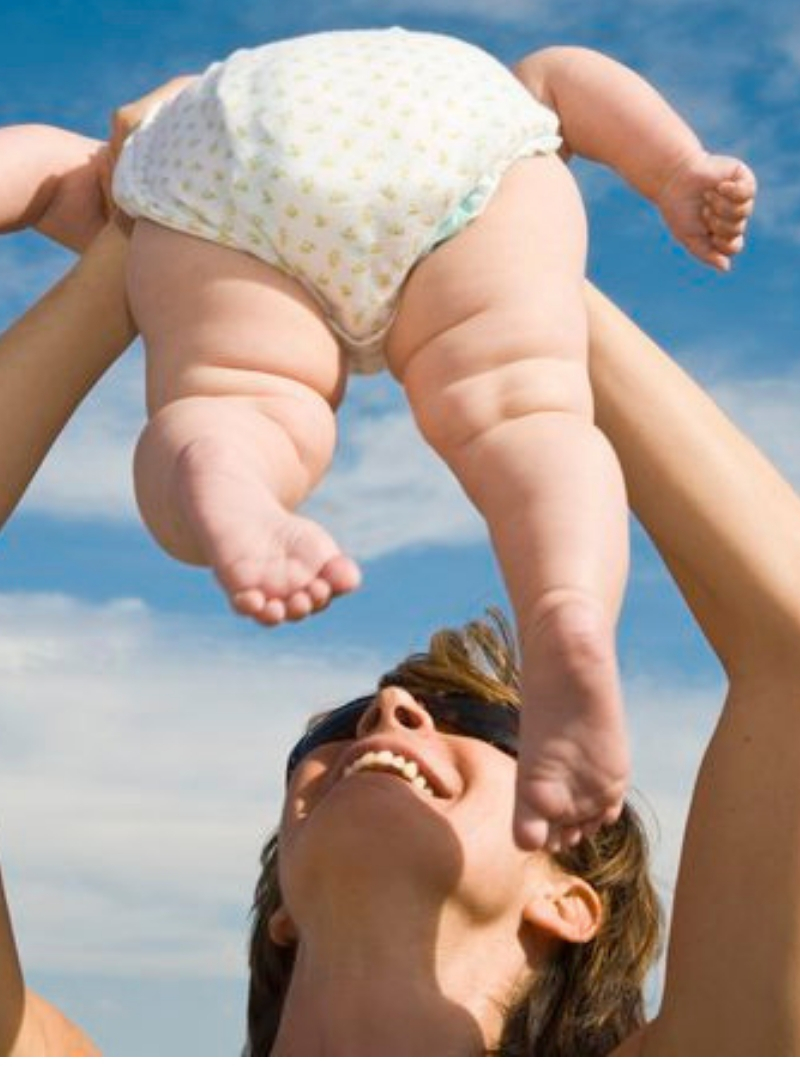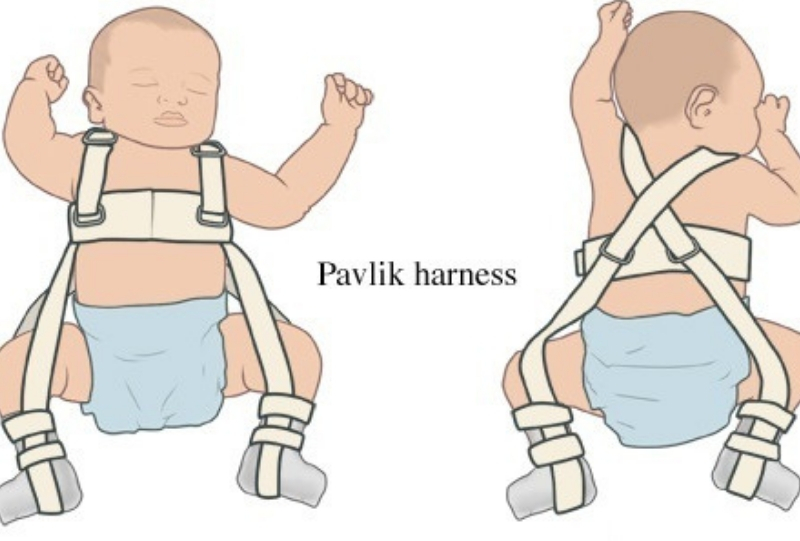Do you require any assistance? Simply reserve your appointment online below
Hip dysplasia (developmental Dysplasia of the Hip)(DDH)
Enjoy a Full Range of Motion
Hip dysplasia
Hip dysplasia (Development Dysplasia of the Hip) is a condition where the ‘ball and socket’ joint of the hips doesn’t properly form in babies and young children.
It is also known as congenital hip dislocation or Hip dysplasia.
Although DDH is most often present at birth, it may also develop during a child’s first year of life.


The hip joint attaches the thigh bone (femur) to the pelvis. The top of the femur (femoral head) is rounded like a ball and sits inside the cup-shaped hip socket.
In DDH, the socket of the hip is too shallow and the femoral head isn’t held tightly in place, so the hip joint is loose.
In severe cases, the femur can come out of the socket (dislocate).
Symptoms of Hip Dysplasia
Each baby may experience symptoms differently. However common symptoms may include:
The leg may appear shorter on the side of the dislocated hip
Skin folds of fat on the thigh or buttocks may appear uneven.
The space between the legs may look wider than normal
Limping, toe walking, or a waddling gait
The leg on the side of the dislocated hip may turn outward
Restricted movement on the side of hip dislocation
One leg drags behind the other when they crawl
If your baby develops fever, increased pain or swelling or cold toes, call 0710573708 immediately to access our Ortho Urgent Care Assistance

What Causes Hip dysplasia (DDH)?
Hip dysplasia is considered a multifactorial trait. Multifactorial inheritance means that many factors are involved in causing a birth defect. The factors are usually both genetic and environmental.
Often, one gender (either male or female) is affected more frequently than the other in multifactorial traits. For example, hip dysplasia is more common in females than males.
One of the environmental influences thought to contribute to hip dysplasia is the baby’s response to the mother’s hormones during pregnancy. A tight uterus that prevents fetal movement or a breech delivery may also cause hip dysplasia. The left hip is involved more frequently than the right due to intrauterine positioning.
Who is at Risk?

First-born babies are at higher risk since the uterus is small and there is limited room for the baby to move; therefore affecting the development of the hip. Other risk factors may include the following:
Birth position—more common in infants born in the breech position leading to abnormal stress on the hip joint
Prevention of Hip dysplasia (DDH)
DDH cannot be prevented. A baby’s hips are naturally more flexible for a short period after birth.
However, if your baby spends a lot of time tightly wrapped with their legs straight and pressed together (swaddled), there’s a risk this may slow their hip development.
Make sure your baby is able to move their hips and knees freely to kick.
Developmental dysplasia of the hip is sometimes noted at birth. The newborn specialist screens newborn babies in the hospital for this hip problem before they go home. However, DDH may not be discovered until later evaluations.


In addition to visual clues, your doctor will perform a careful physical examination to check for DDH, such as listening and feeling for “clunks” as the hip is put in different positions. Your doctor will use specific maneuvers to determine if the hip can be dislocated and/or put back into proper position.
Newborns identified as at higher risk for DDH are often tested using ultrasound, which can create images of the hip bones.
The ultrasound can be recommended within a few weeks if:
- The hip feels unstable
- Your baby was born in the breech position
- Your baby was born pre-maturely
- There’s a family history of childhood hip problems
High-quality patient care
Treatment of Hip dysplasia
While newborn screening for DDH allows for early detection of this hip condition, starting treatment immediately after birth may be successful.
The goal of treatment is to put the femoral head back into the socket of the hip so that the hip can develop normally.
When DDH is detected at birth, it can usually be corrected with the use of a harness or brace. If the hip is not dislocated at birth, the condition may not be noticed until the child begins walking.
Babies diagnosed with DDH early in life are usually treated with a fabric splint known as a Pavlik harness. This secures both of your baby’s hips in a stable position and allows them to develop normally and is adjusted following your baby’s follow up appointments.


Treatment with the Pavlik harness lasts about 6 to 12 weeks, and continues until the hip is stable and ultrasound exams are normal.
Surgery may be needed if your baby is diagnosed with DDH after they’re six months old, or if the Pavlik harness hasn’t worked.
The most common surgical technique is known as reduction, which involves placing the ball of the femur back into the hip socket.
Reduction is performed as these two types of surgery:
A closed reduction,the surgeons gently put the hip back into place without making large incisions. The child is put under anesthesia. Then they put a cast on the body for 3-4 months to hold the bone in position.
An open reduction, the surgeons realign the hip and place the thigh bone back into the hip socket using an incision made in the groin to allow better place the ball in the socket.
During the procedure, doctors loosen the tight muscles and tissues around the hip joint and then later tighten them once the hip is back in place. This is the best procedure for kids older than 18 months, or in cases when closed reduction doesn’t work.
After surgery, kids need to wear a hip spica cast that keeps the hips from moving. The cast is needed for several months, depending on the child’s condition.

Follow – Up Care
Success rates are high for hip dysplasia treatments at Nairobi Spine and Orthopaedic Center in Kenya.
Any child who has been treated for hip dysplasia is followed periodically by an orthopedist until skeletal growth is complete.
The doctor monitors the repaired hip, since it needs to grow normally through the whole growth period in order to be durable for a lifetime and minimize risk for early arthritis.
